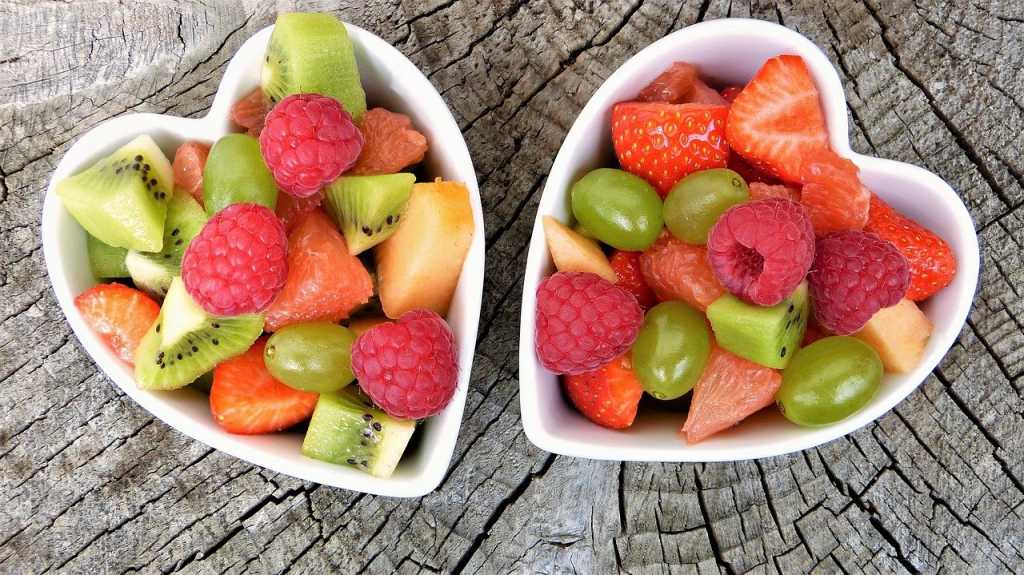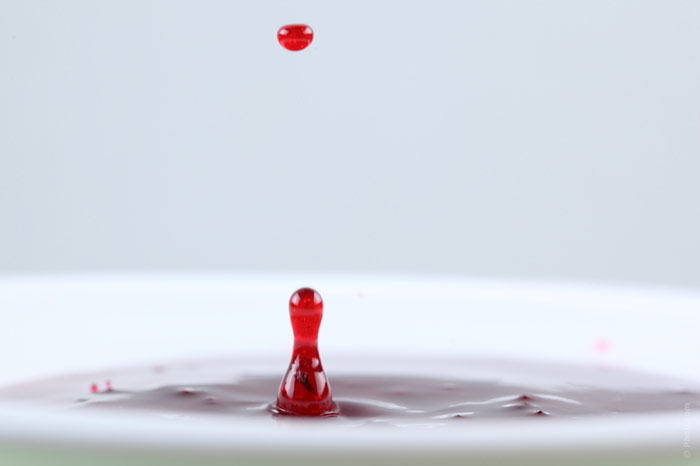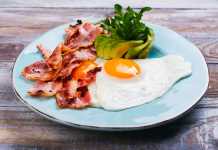There are a number of situations when we lose blood – it can be because a deep wound bled copiously, menstrual bleeding proved to be especially heavy, we donated blood or underwent surgery. All these occasions call for replenishment of the blood supply. We ought to make sure our cells go on receiving the necessary nutrition. If they don’t, we can be stricken by anemia that we will have to counteract with a special diet.
How to recognize the condition of anemia and blood loss
If it happens that the body loses more red blood cells than it generates new ones, profuse bleeding can easily entail anemia. Anemic symptoms can be milder if not much blood gets lost or severer, in case blood was lost plentifully and rapidly. Some of the more common signs allowing to suspect anemia may be:
- Fatigue
- (Muscle) weakness
- The heartbeat gets too fast or becomes irregular.
- Yellowish skin
- Pale skin and gums
- Bruises start to appear for no apparent reason
- Regular headaches
- Breath comes shorter and more laborious
- Dizziness or feeling like you might faint
- Pain in the chest
- Hands and feet feel cold
Initial symptoms may be quite mild and, therefore, pass unnoticed, but they will become more prominent if anemia gets worse.
How to set about restoring blood
In order to replenish blood after a bad blood loss, the best suggestion from the American Red Cross is to down four glasses of any soft beverage (about 30 ounces altogether) and follow it up with a healthy meal rich in iron-containing foods. The four glasses should add to the established Dietary Reference Intake admonishing adults to drink a daily dose from 90 to 120 fluid ounces (in liters, roughly 3 to 3.7). However, this estimation should be corrected according to individual age, weight, lifestyle, and a particular medical condition if one is present.
Ten foods to help you revivify yourself after a heavy loss of blood are:
Lots of fruits and vegetables

For recovery, rely heavily on fruits and vegetables: they will help absorb iron having vitamin C, make blood clots having vitamin K, generate red blood cells with B-12, and keep them healthy with B-1 and B-6.
Invest in citrus fruits bearing lots of vitamin C – oranges, pineapple, kiwi, and various berries. For vitamin B-6 opt for avocados and bananas. Folate can be found in romaine lettuce and asparagus.
Other great sources of vitamins C and K and folate are green and leafy vegetables. Vitamin B-1 can be gotten from peas.
Choose your meat
As the National Institutes of Health (NIH) aver, plants as animals provide but an inefficient source of iron for our bodies. For the best intake of vitamins B-1, B-6 and B-12, include lean meat and poultry in meals. For vitamin K best would be liver and beef.
Nuts, grains, beans, and lentils
Stuff to be replenished – vitamin B, iron, folate can easily be gotten from nuts, grains, beans, and lentils. Peanut butter, chickpeas, and wheat germ provide your blood with the necessary nutrition.
Milk and dairy products
Milk, yogurt, and other dairy products – also soy milk – carry a considerable amount of vitamin B-1 and B-12 and so are good for revivifying.
Eggs

You can restock on proteins by consuming more eggs – they also contain a lot of antioxidants that, in case of copious blood loss, will conduce to collecting a good supply of vitamins in your body.
Natural coconut water
The blood level can be brought to the norm by drinking coconut water whose high potassium content is very useful. Coconut water can boast the perfect composition ratio of sugar, potassium, sodium, and a number of other electrolytes.
Get chlorophyll from wheatgrass juice
Treat yourself to a portion of wheatgrass juice. Its rich chlorophyll content serves to augment the hemoglobin level and the number of red blood cells in the body.
Make use of cereals
In order to help your immune system and heal possible wounds, feed yourself on dishes from fortified cereals with an extra content of zinc.
Fish

All kinds of fish (but mostly sea fish) help recover after an unsparing loss of blood.
It is rich in omega-3 fatty acids, vitamins D and B2 (riboflavin), calcium, phosphorus, and minerals, such as iron, zinc, iodine, magnesium, and potassium.
Look for fitting supplements
Ask your doctor what iron and vitamin supplements can be recommended in your particular case to be taken with a well-balanced diet.
Maximize your iron absorption
When your blood level is low, make sure you receive enough iron, not only from your usual foods and supplements; include other iron-bearing foods.
Enrich your diet with strawberries, citrus fruits, and leafy green vegetables, which abound in vitamin C, and you will be getting even more iron.
To absorb iron more effectively, bring in more vitamin A and beta-carotene.
You can do it by consuming more vitamin A-rich foods, namely:
• fish
• sweet potatoes
• liver
• kale and collards
• squash
To receive more beta-carotene, red, yellow, and orange fruits and vegetables will be of use:
• sweet potatoes and squash, as above
• cantaloupes
• carrots
• mangoes
Bear in mind that, whereas vitamin A supplements are good for iron absorption and processing, keep track of its consumption because an overdose of the vitamin can be dangerous.
Vitamin A in excessive quantities can result in hypervitaminosis A. This condition can bring about pain in joints and bones, onsets of bad headaches, and uncommonly high brain pressure.












